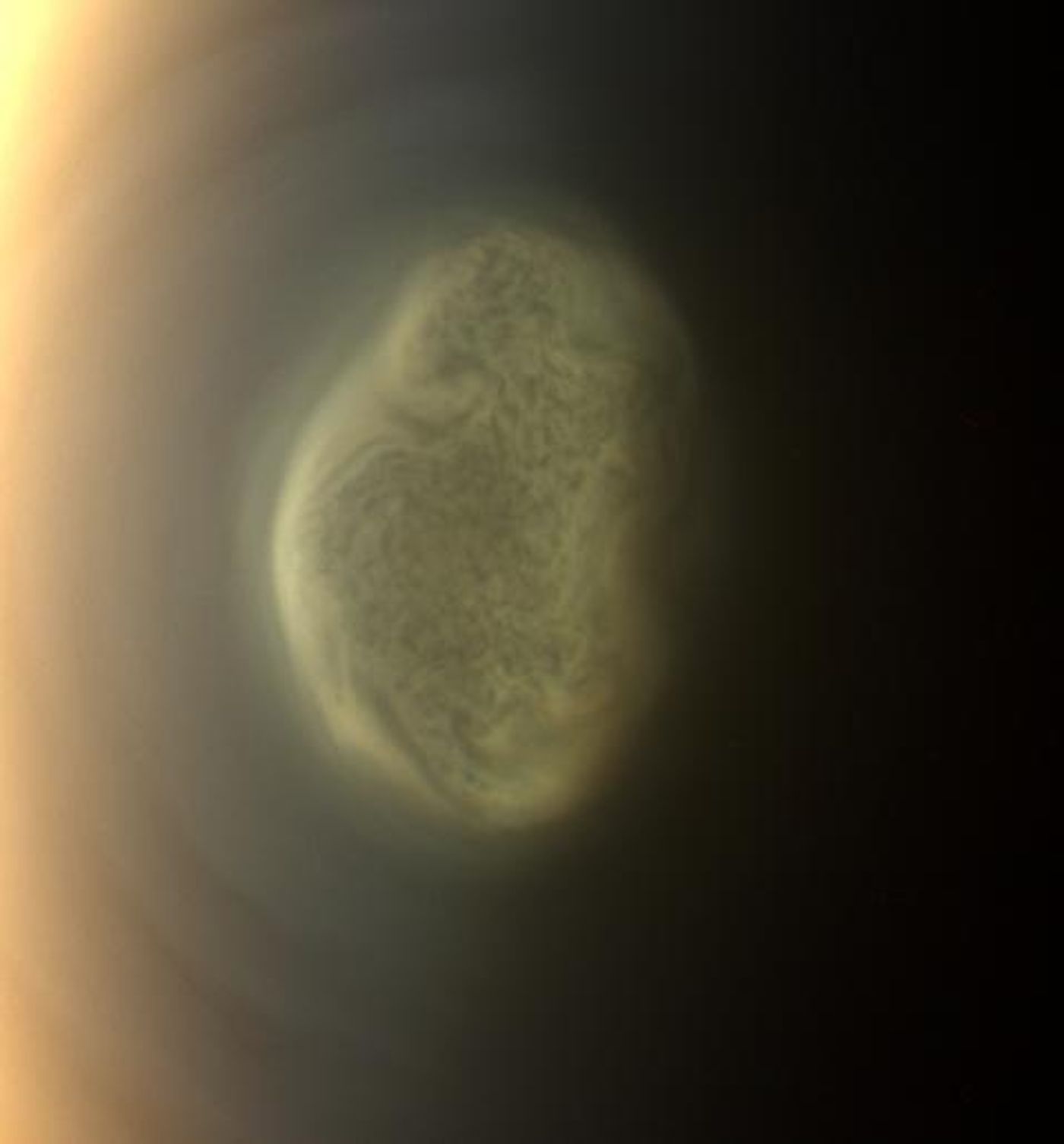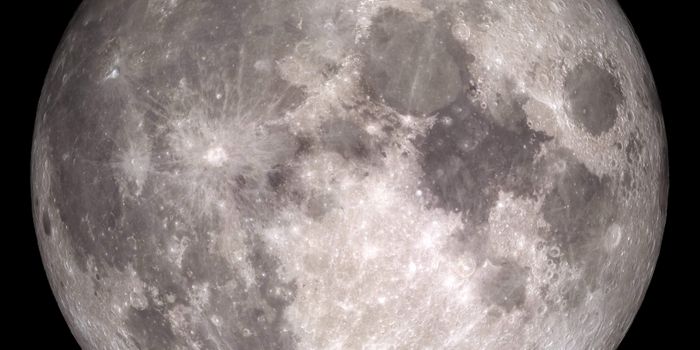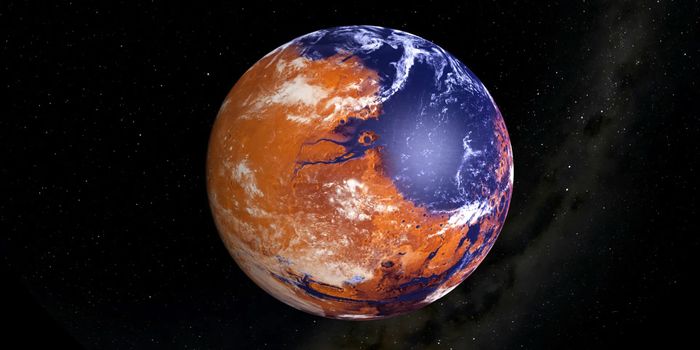NASA's Cassini Mission Finds Titan's Southern Winters Are Harsh
NASA’s Cassini Solstice Mission has uncovered a lot of details about Saturn and its surrounding moons, but one thing that scientists have been eye-balling for some time is the way that one of Saturn's moons, Titan, seems to have incredibly harsh Southern Winters that aren't as intense in the Northern region of the moon.
In fact, the Southern Winters are so serious that “monstrous” clouds of frozen compounds are actually forming in the moon’s South polar region. NASA says that the particular frozen clouds they’ve been observing since 2012 are filled with traces of frozen nitrogen, carbon, and hydrogen.
In 2012, NASA captured the following image with Cassini, which shows a large cloud on Titan. NASA says that underneath this large cloud, the frozen icy clouds exist:

NASA observes these clouds with an instrument aboard the Cassini spacecraft called the composite infrared spectrometer, or CIRS for short. Through it’s observations, NASA says that the clouds have a density very similar to fog here on Earth, so it’s not a very thin cloud by any means.
“When we looked at the infrared data, this ice cloud stood out like nothing we’ve ever seen before,” said Carrie Anderson of NASA’s Goddard Space Flight Center in Greenbelt, Maryland. “It practically smacked us in the face.”
What’s more is NASA says that the clouds they’re observing on Titan are created in a completely different way than clouds are formed here on Earth. Instead of rising to the top of the atmosphere where they’ll condense, Titan’s clouds, which are made of various gasses, will actually fall lower, closer to the surface, where they will begin to create gassy cloud layers before they begin to freeze.
From what we can tell, these icy clouds on the surface of Titan show that the moon has very aggressive Southern Winter. Northern Winters isn’t anywhere near as intense as the Southern Winters on Titan. Scientists estimate that the temperatures in the South pole of Titan get down to as low as -238º Fahrenheit.
Source: NASA








